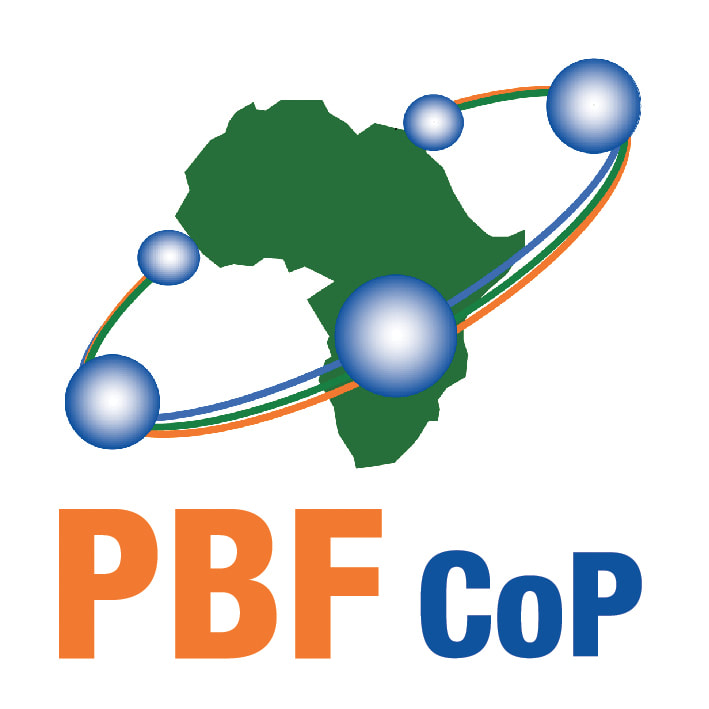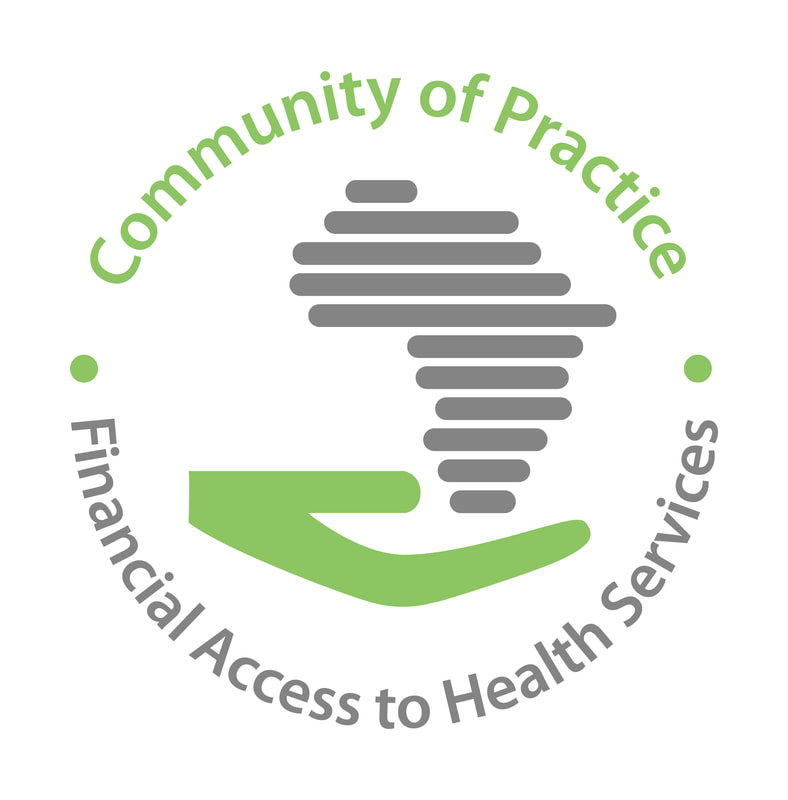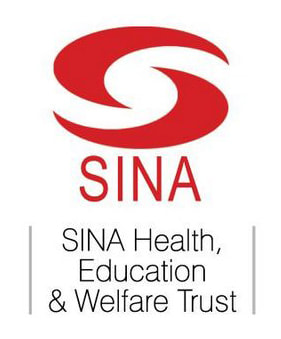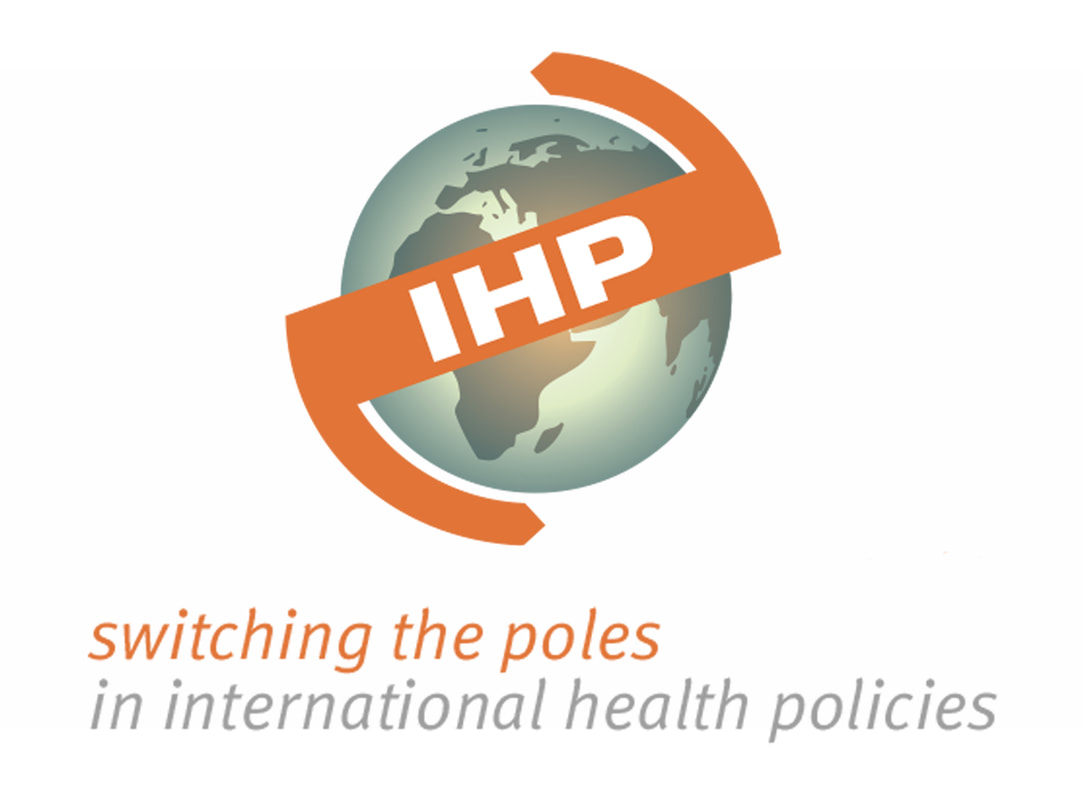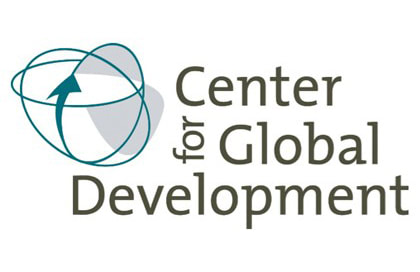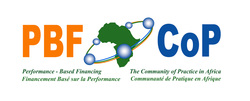
Mathieu’s question sparked a short but dense three-day debate, mainly on the Burundi situation. However, many of the reflections are also valid for other countries, we feel.
PBF as a tool in the policy and strategy planning cycle
PBF can be a powerful tool for strategic planning, as it allows refocusing interventions according to the evolution of national and local strategic priorities. This requires coherence between main policy documents (including NHDP) and PBF approaches in terms of central orientations and planning bodies and cycles: on the one hand the PBF must reflect national priorities, on the other hand national policies have to provide a concrete role to PBF strategies. However, Mathieu pointed out that in practice, in Burundi (1) PBF is mentioned but not well developed within the NHDP and that (2) a number of actors at central level claim that the PBF national technical committee acts as a parallel planning system at ministry level, and is insufficiently connected with the system-wide ministry of health (MOH) units (planning unit, health unit). There’s an obvious risk that operational planning exercises and PBF-supported orientations will differ.
At this point, Bruno Meessen (facilitator of the PBF Community of Practice) intervened and highlighted similar situations in other countries where PBF holds a central place in national policies but is weakly or not at all reflected in the NHDP. He also asked COP participants about their national situation.
Regarding Burundi, Olivier Basenya (PBF expert, MOH, Burundi) reminded COP members of the fact that PBF constitutes one of the NHDP’s strategic orientations, and is a priority in the strategic framework for economic development and the fight against poverty. He underlined however, just like Bruno, the importance of aligning national strategies and financing mechanisms. Mathieu agreed and brought the debate back to the operational implications. He pointed out that PBF, although present in the NHDP, remains somewhat underdeveloped in the text if one keeps in mind its strategic operational importance. He also reminded participants in the online debate of recurrent practical difficulties in harmonizing NHDP, the PBF technical committee, vertical programs and partner programs.
Rigobert Mpendwanzi (World Bank consultant) emphasized important breakthroughs achieved in Burundi in this respect the last few years. Since 2012, operational planning falls under the authority of the MOH planning unit, and conforms now to the methods set by the unit. According to him, remaining alignment problems are probably related to some misunderstanding at central level on what exactly PBF involves. This is not an issue anymore in the field, though.
Delmond Kyanza (health financing advisor, Management Science for Health, Democratic Republic of Congo (DRC)) offered a similar illustration, elaborating on the DRC situation. PBF is not reflected in the DRC’s NHDP although its strategic importance is now acknowledged. He deplored a similar missed opportunity for the document on health sector financing policy and strategies. This is probably related to changes in level of commitment to the PBF approach - when the NHDP was drafted, commitment wasn’t very pronounced yet. He argued for better consideration of PBF in the future by presenting it as a tool which can facilitate synergies among financing mechanisms. Michel Muvudi (manager, Arcadie consulting, DRC) complemented the analysis with a warning on the risk of fragmentation in zones where coordination frameworks are weak / absent and where PBF is implemented as a pilot approach.
The last intervention on this subject came from Eric Bigirimana (Chief Executive Officer, Bregmans Consulting & Research, Burundi) who provided a critical synthesis and a message for interested countries. Eric insisted on the importance of having sound PBF approaches prior to inclusion into the NHDP, in order to avoid undermining the strategy through weak designs. Main causes of implementation problems are in his view related to unpreparedness and hurry from political authorities. According to him, Burundi has drawn lessons from the past and now takes sufficient time for technical preparatory work for the introduction of the Carte d’Assistance Médicale (CAM) within the PBF. More generally, he confirmed the need for alignment and integration of different financing mechanisms to meet the challenges of health and access to care.
PBF as a vehicle for other financing mechanisms
If an efficient channel exists, it makes sense to add other financing mechanisms to it. There is no doubt about the principle, but Mathieu raised the issue of implementation, and particularly of the need for preparatory work regarding other mechanisms.
In Burundi, payment for user fees exemption (for pregnant women and children under five years of age) has happened through the same channel as PBF since 2010. In a number of health facilities, providers claim that these reimbursements absorb all of the amounts provided, and do not allow to extract additional PBF-specific resources. Other providers have no complaints about it. There are a number of possible reasons for this (design, lump sum estimation hypotheses, effective performance of the health facility) which deserve further discussion. But whatever the causes, a rather worrying conclusion seems unavoidable: merging two mechanisms can lead to a drop in level of commitment of some providers to the PBF system.
Olivier Basenya immediately reacted by (rightly) reaffirming arguments in favour of a synergy of payment mechanisms. He acknowledged, however, that some linked strategies may actually jeopardize the whole financial structure if they are underfunded. He recommended that a rigorous technical preparation precedes the merging of new mechanisms, as is being done in Burundi for the Carte d’Assistance Médicale (CAM). He also reiterated that all mechanisms will be integrated in the forthcoming national health financing strategy.
Mathieu agreed in principle with these comments but underlined operational realities observed, mainly the priority given to reimbursement of exempted services, and in some cases a reduction in the total dotation received. He raised two questions: (1) shouldn’t we ensure a closer involvement of health care providers in determining what a “rational” prescription and the related lump sum are; (2) would there be an interest in earmarking part of the resources to avoid diluting the PBF effect?
Olivier refocused the debate on the second question. According to him, the problem is not related to earmarking (or not) but instead to the question whether the total monthly financial resources received enable the health facility to function properly, whatever the source of funding. Rigobert Mpendwanzi insisted that indeed, the main issue is underfinancing of strategies adopted at national level. “The CAM and the user fee exemption strategy must be rightly designed and adequately funded to avoid reducing the PBF to playing the role of a stopgap, filling holes”.
This does not contradict but instead provides an additional illustration of linked weaknesses, as “everything is connected with everything”: if the amount or the calculation method of one financing strategy is inadequate, it may jeopardize all merged mechanisms, including PBF.
On the first question, Olivier and Rigobert both defended the lump sum calculation methodology applied. In their opinion, actors at operational level are adequately involved. Olivier also specified that the amounts received by health centres are appropriate according to the data collected by the PBF technical committee. The main remaining problem resides at hospital level where health care providers consider the lump sums as insufficient.
Mathieu nuanced this assessment by reminding COP members of rather contradictory observations made in the field, and called for an extension of the debate beyond the Burundi case. Longin Gashubije (Ministry of Health, Burundi) agreed and also introduced a new element in the debate, pointing to irregularities in payments made by the Burundi Government. According to him, this could reduce the interest of health care providers for the PBF scheme and drive them away from good practices. He put again the possibility of earmarking part of the funds for PBF on the table, without proposing a clear technical mechanism to do so, however.
Synthesis of the debate
In a message that proved to be the last of the debate, Mathieu synthesised the exchanges and reminded COP members of the key elements of the issue of merging different financing mechanisms. (1) Yes, there are serious arguments for operational synergies that nobody really contested. (2) In practice, however, some health facilities have seen their PBF resources channelled towards the reimbursement of user fee exemptions. For these, it appears resources are not devoted to paying for performance but to free health care instead. Whatever the causes, the PBF effect probably got undermined. (3) This calls for a careful approach in the design and follow-up of mergers of financing mechanisms. Olivier and Rigobert focused a lot on the issue of available budgets. Other considerations must also be taken into account. It is even more important for countries where PBF is becoming one of the major funding mechanisms.

